Tour GuidesGuides
Private ToursTours
Private Car ToursCars
Virtual ToursVirtual
Kyoto Private Tours - page 10
Due to high demand, we recommend that you use our date filter to make sure you view tours/guides that are available on your preferred dates.
Date
People
Language
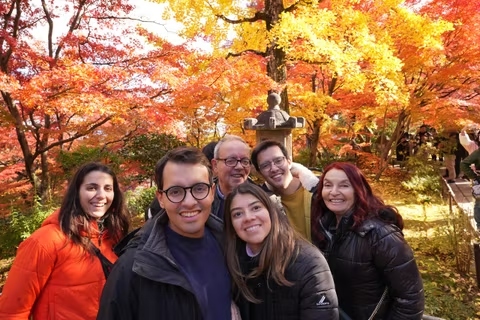
Kyoto
4 hours
Half day western Kyoto, two bamboo forests
Half day western Kyoto, two bamboo forests
FROM$243/ per group
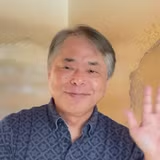
Shuji O.
4.95 / 5
(40 reviews)
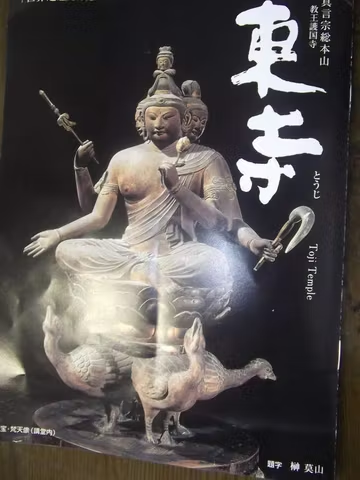
Kyoto
2 hours
Tour of Toji temple in Kyoto
Tour of Toji temple in Kyoto
FROM$71/ per group

Tatsuhiro N.
4.60 / 5
(67 reviews)
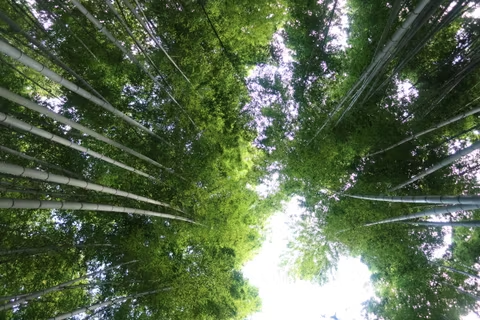
Kyoto
8 hours
Arashiyama Bamboo Grove to Takao One-day Hiking along the Mountain Stream
Arashiyama Bamboo Grove to Takao One-day Hiking along the Mountain Stream
FROM$354/ per group
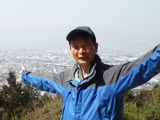
Koichi W.
4.96 / 5
(82 reviews)
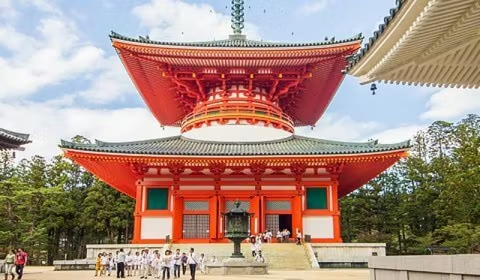
Kyoto
10 hours
Mt. Koya 1 day tour from Kyoto
Mt. Koya 1 day tour from Kyoto
FROM$278/ per group

Yoshiharu K.
4.69 / 5
(62 reviews)
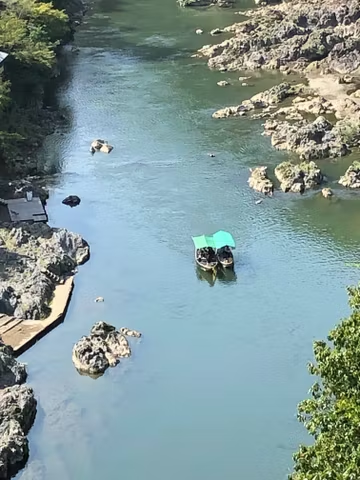
Kyoto
4 hours
Free Time in Kyoto for 4hours (2 spots)
Free Time in Kyoto for 4hours (2 spots)
FROM$181/ per group

Eric T.
4.89 / 5
(53 reviews)
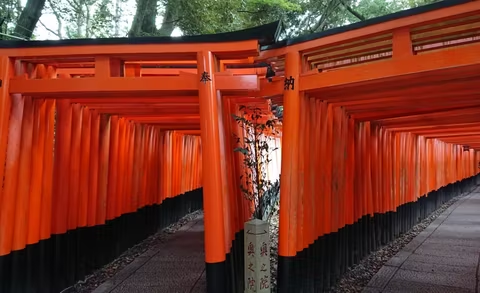
Kyoto
4 hours
Vermillion Torii Gates Tunnel and Tasting Japanese Sake 4h
Vermillion Torii Gates Tunnel and Tasting Japanese Sake 4h
FROM$139/ per group
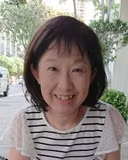
Tomoe S.
4.93 / 5
(144 reviews)
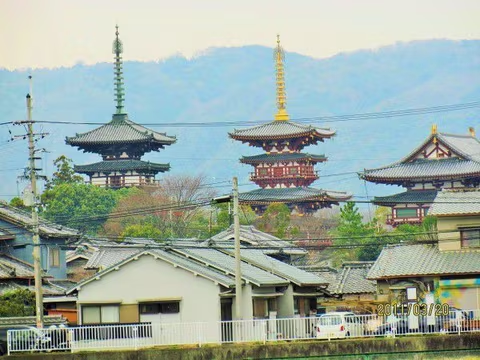
Kyoto
8 hours
Nara Palace site, Yakushi-ji, Toshodai-ji
Nara Palace site, Yakushi-ji, Toshodai-ji
FROM$236/ per group
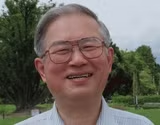
Hideo Y.
4.61 / 5
(187 reviews)
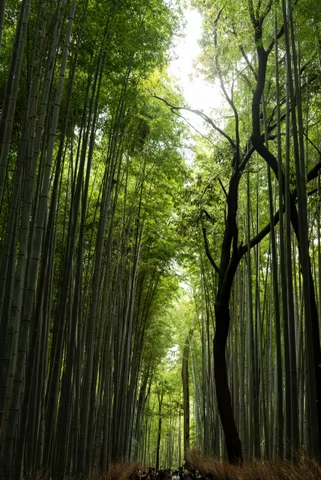
Kyoto
6 hours
Arashiyama Highlights: Full-Day Guided Sightseeing Tour
Arashiyama Highlights: Full-Day Guided Sightseeing Tour
FROM$417/ per group

Ahmed A.
4.73 / 5
(41 reviews)

Kyoto
4 hours
Tour of Toei Uzumasa Studio Park
Tour of Toei Uzumasa Studio Park
FROM$177/ per group

Tatsuhiro N.
4.60 / 5
(67 reviews)
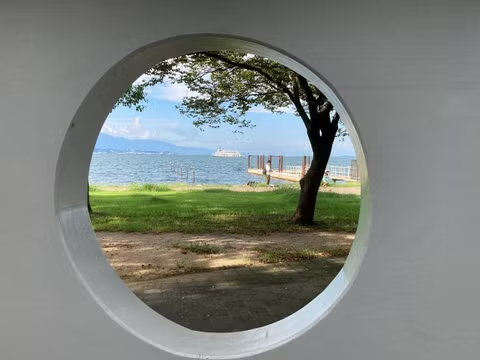
Kyoto
6 hours
Cycling Tour along Japan's Biggest Lake -15mins from Kyoto-
Cycling Tour along Japan's Biggest Lake -15mins from Kyoto-
FROM$243/ per group

Koichi W.
4.96 / 5
(82 reviews)
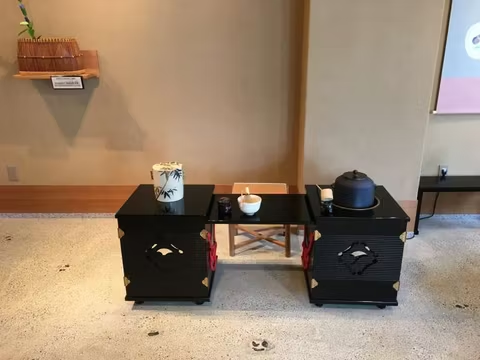
Kyoto
5 hours
Kyoto Experience & Town walking
Kyoto Experience & Town walking
FROM$226/ per group

Eric T.
4.89 / 5
(53 reviews)
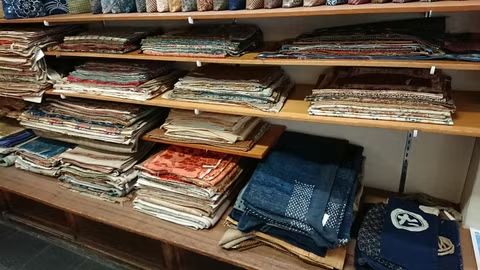
Kyoto
6 hours
Exclusive tour for handmade-lovers and Ginkakuji Temple
Exclusive tour for handmade-lovers and Ginkakuji Temple
FROM$188/ per group

Tomoe S.
4.93 / 5
(144 reviews)
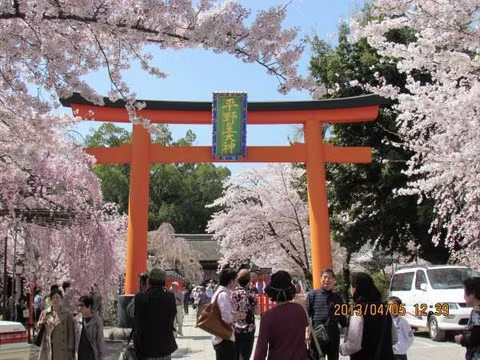
Kyoto
8 hours
Arashiyama Best Spot for Cherry Blossoms and Autumn Leaves
Arashiyama Best Spot for Cherry Blossoms and Autumn Leaves
FROM$295/ per group

Hideo Y.
4.61 / 5
(187 reviews)
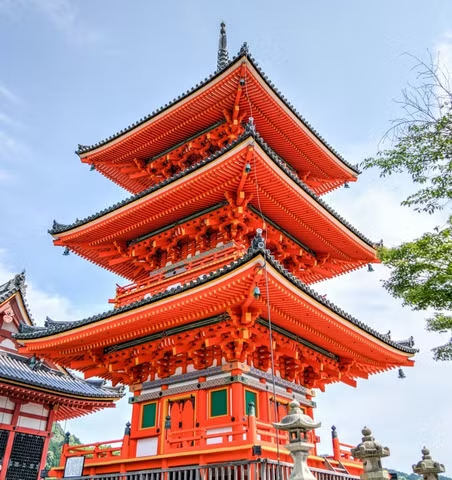
Kyoto
3 days
Tailored 3-Day Private Tour Package: Explore Kyoto, Arashiyama, and Nara's Top Highlights
Tailored 3-Day Private Tour Package: Explore Kyoto, Arashiyama, and Nara's Top Highlights
FROM$1,736/ per group

Ahmed A.
4.73 / 5
(41 reviews)
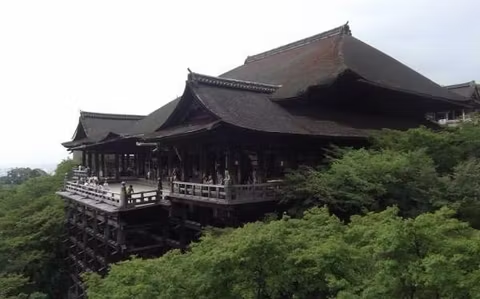
Kyoto
3 hours
Tour of Kiyomizu-dera Temple in Kyoto
Tour of Kiyomizu-dera Temple in Kyoto
FROM$106/ per group

Tatsuhiro N.
4.60 / 5
(67 reviews)
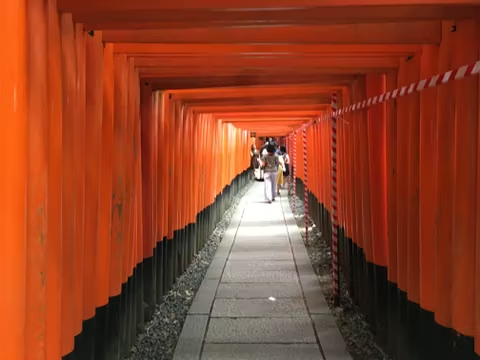
Kyoto
8 hours
Superb View Spots in Kyoto Part. 2
Superb View Spots in Kyoto Part. 2
FROM$306/ per group

Eric T.
4.89 / 5
(53 reviews)
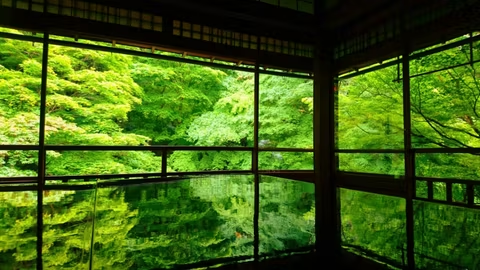
Kyoto
8 hours
Hidden Gems of Kyoto covered with greenery world
Hidden Gems of Kyoto covered with greenery world
FROM$236/ per group

Tomoe S.
4.93 / 5
(144 reviews)
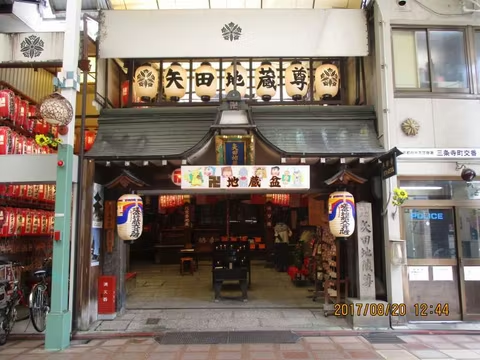
Kyoto
8 hours
Kyoto Visiting the Sites of Hidden Legend and Devildom
Kyoto Visiting the Sites of Hidden Legend and Devildom
FROM$295/ per group

Hideo Y.
4.61 / 5
(187 reviews)
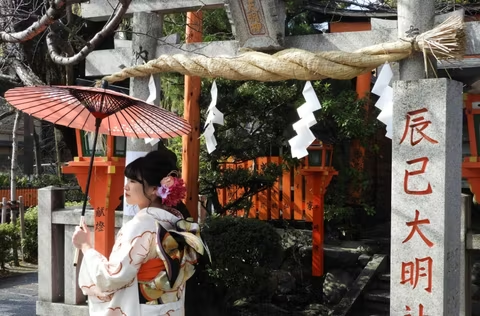
Kyoto
2 hours
Guided Gion Tour: Explore Kyoto’s Historic Geisha District and Spot Geisha
Guided Gion Tour: Explore Kyoto’s Historic Geisha District and Spot Geisha
FROM$243/ per group

Ahmed A.
4.73 / 5
(41 reviews)
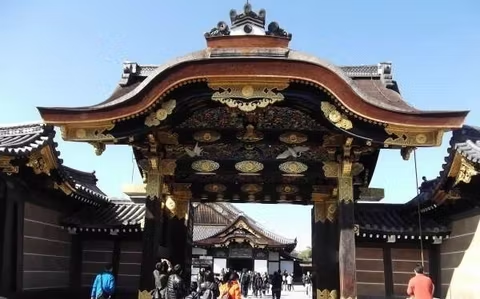
Kyoto
3 hours
Tour of Nijo-jo Castle
Tour of Nijo-jo Castle
FROM$106/ per group

Tatsuhiro N.
4.60 / 5
(67 reviews)
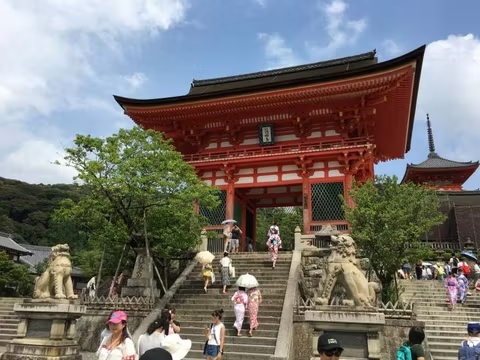
Kyoto
5 hours
Kinyomizu Temple to Gion & Yasaka Shrine
Kinyomizu Temple to Gion & Yasaka Shrine
FROM$226/ per group

Eric T.
4.89 / 5
(53 reviews)
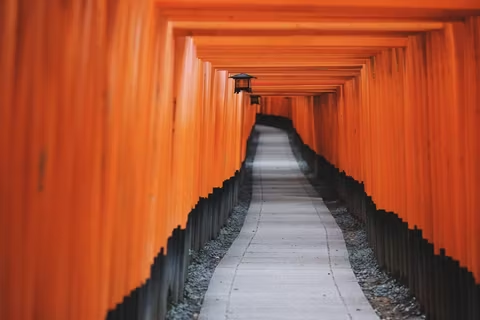
Kyoto
6 hours
Kyoto Spiritual & Cultural Journey: Fushimi Inari, Kiyomizu Temple, and Gion Tour
Kyoto Spiritual & Cultural Journey: Fushimi Inari, Kiyomizu Temple, and Gion Tour
FROM$486/ per group

Ahmed A.
4.73 / 5
(41 reviews)
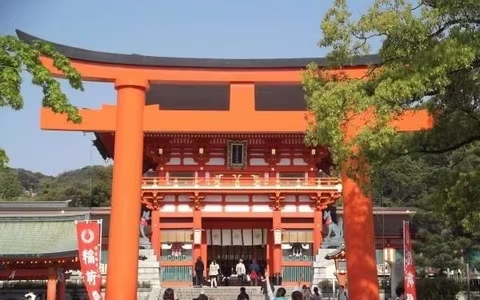
Kyoto
3 hours
Tour of Fushimi-Inari-Taisya Shrine
Tour of Fushimi-Inari-Taisya Shrine
FROM$106/ per group

Tatsuhiro N.
4.60 / 5
(67 reviews)
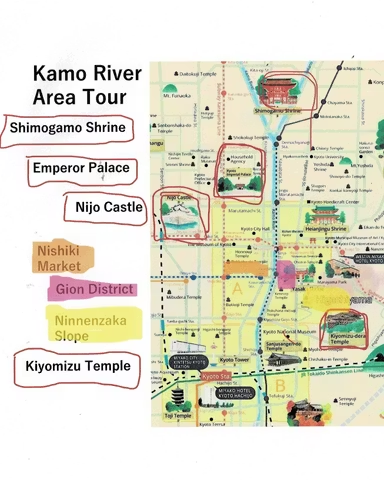
Kyoto
7 hrs 30 mins
7 Fantastic Districts along Kamo River on foot or by bike
7 Fantastic Districts along Kamo River on foot or by bike
FROM$319/ per group

Eric T.
4.89 / 5
(53 reviews)
...